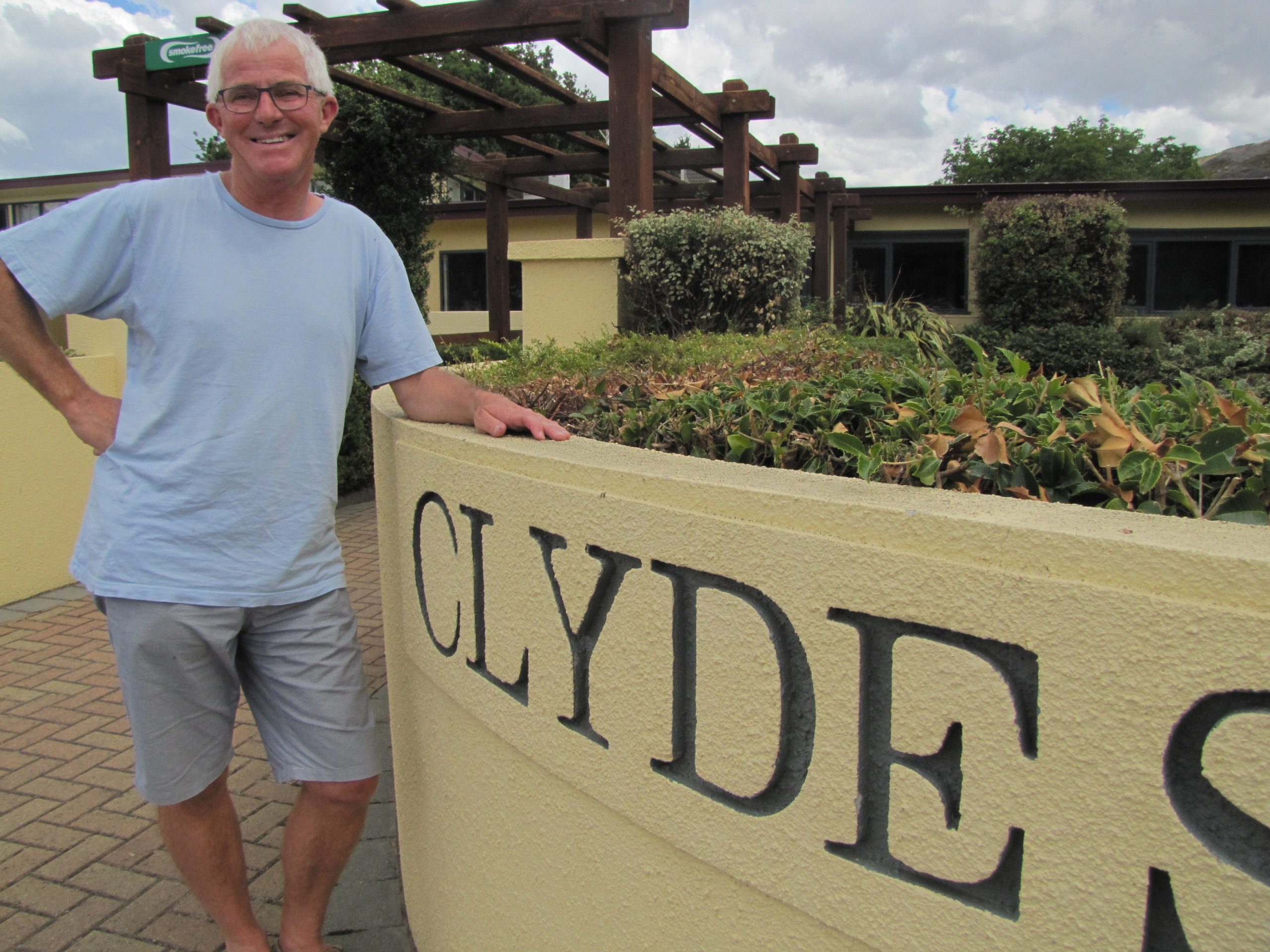I chose a magnificent early spring day to venture up the Manuherikia Valley on the Otago Central Rail Trail.
The willows on the river bed had a fresh bright green mantle and the ridges of the distant Hawkdun Range had fingers of snow in its shaded gullies.
I didn’t turn on my phone’s ‘Stava’ tracking app and just toddled along, unconcerned about my leisurely pace.
It was an opportunity to just take in the sensory experience and linger when something took my interest.
Stops were made at the old trackside gang huts with their excellent Rail Tales interpretation panels on local history and points of interest.
Well done to The Otago Central Rail Trust for continuing to develop and enhance this special pathway for those that pass along it.
I chose to turn for home at the renovated Lauder Station building with its Rail Tales displays on local human and natural history.
I was absorbed by the story of Lake Manuherikia, a massive shallow inland lake which stretched from Naseby to Bannockburn surrounded by high rounded hills over 16 million years ago.
The display pictured an exotic scene featuring crocodiles, turtles, long extinct birds and tropical trees surrounding a lake 10 times the size of Lake Taupo.
I have a piece of fossilised leaf at home from the bed of this ancient lake.
At least there is one artefact in our house older than me.
We have a rich natural and human history in Central Otago which schools are now required to teach as part of the newly introduced Aotearoa New Zealand History Curriculum.
Our museums and history interpretation displays are a precious resource to help build an understanding of our past.
When I arrived at Clyde School, Central Stories Museum was being built and it developed during my time there to employ an excellent educator who ran programmes both in the museum and also out in schools.
I urge our newly elected councillors to move forward with the Central Otago District Museum Strategy and allocate adequate funding to ensure our museums continue to be vibrant and attractive places to connect with our local history.





